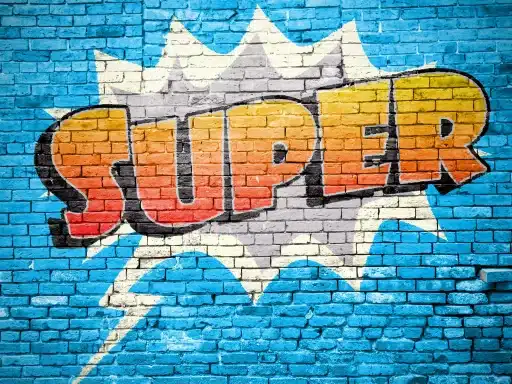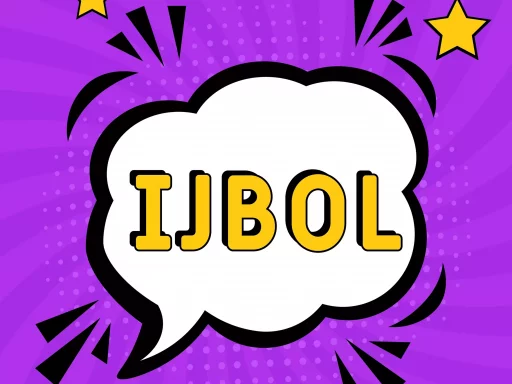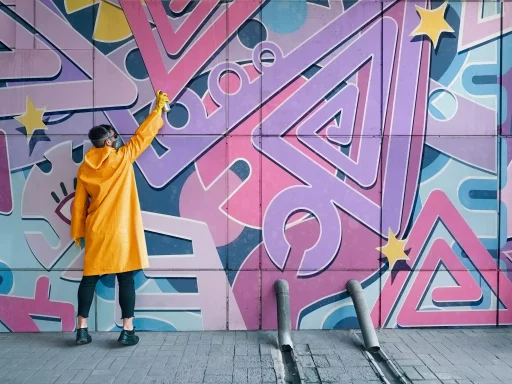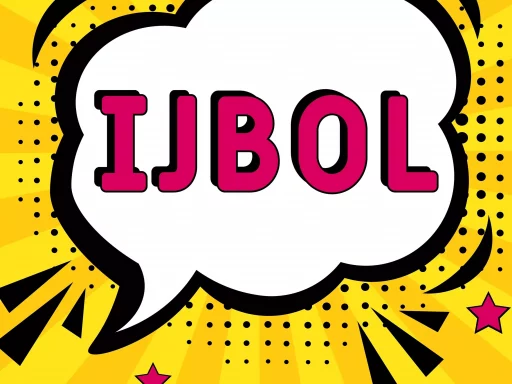Introduction to Capping Slang
Capping is a slang term that has found its place predominantly in youth culture, particularly in the United States. At its core, capping refers to the act of joking, boasting, or exaggerating statements often for comedic effect. In this article, we will explore the origins, examples, notable case studies, and relevance of capping in contemporary language.
The Origins of Capping
The term ‘capping’ likely emerged from African American Vernacular English (AAVE) and has ties to the longstanding tradition of playful banter, or ‘the dozens’. Its roots can be traced back to hip-hop culture and street vernacular, gaining mainstream popularity through music, social media, and youth interactions.
Capping vs. No Capping
Understanding capping requires familiarity with its counterpart, ‘no capping’. While capping involves embellishing or exaggerating the truth, no capping signifies honesty or sincerity. Here’s a breakdown:
- Capping: Exaggerated claims or jokes that may not be based on reality.
- No Capping: A declaration of truth and honesty, suggesting the speaker is being genuine.
Common Examples of Capping
Capping is often found in playful exchanges among friends, social media posts, and pop culture references. Here are a few examples:
- Example 1: “I just won a million dollars playing the lottery… no cap!”
- Example 2: “I can dunk on every player in the NBA, no cap.”
- Example 3: “He said he could beat me in a race, but that’s just capping.”
Case Studies of Capping in Pop Culture
To further understand the significance of capping, we can look at a few notable case studies that illustrate how the term permeates various aspects of pop culture:
1. Hip-Hop Music
Numerous hip-hop artists utilize the concept of capping in their lyrics. For example, songs by artists like Lil Wayne or Future often reflect boastful claims about their lifestyle, accomplishments, and wealth—all delivered with a layer of capping for entertainment value.
2. Social Media Trends
Platforms like TikTok and Twitter have popularized capping and not-capping taglines. Memes often revolve around the humorous exaggeration of everyday events, demonstrating how youth interact and engage with capping. One viral trend featured users sharing outrageous claims followed by the phrase, “no cap!” to underline their exaggerated story.
3. Stand-Up Comedy
Stand-up comedians frequently employ capping as a device to amuse audiences with theatrical exaggeration. Comedians leverage this playful form of communication to relay personal experiences while amplifying the humor with overt capping.
Statistics on Capping Usage
As slang evolves, understanding its usage can be insightful. Recent research indicates that:
- Over 60% of teenagers reported using the term “capping” regularly in conversation.
- Social media algorithms are increasingly promoting content that employs trending slang terms, including capping.
- In a survey of language preferences among youth, 75% favored modern slang terms for casual conversations.
The Impact of Capping on Language
As phrases like ‘capping’ enter mainstream vernacular, they reshape how communication occurs among younger generations. The playful nature of capping creates a sense of community and camaraderie among peers, often serving as an icebreaker or a way to lighten the mood.
Conclusion
Capping slang showcases the dynamic nature of language in contemporary society, reflecting cultural nuances and the emerging trends within youth communication. Whether through music, social media, or casual conversations, capping continues to thrive, demonstrating how language evolves and adapts in playful and engaging ways.






